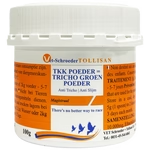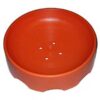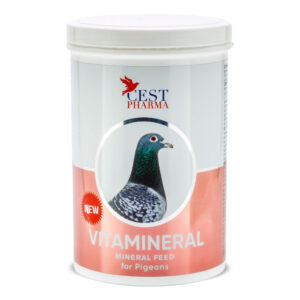Canker Control During Breeding and Racing: A Comprehensive Guide
Canker (Trichomoniasis) is one of the most common and serious health threats to racing pigeons, especially during the breeding and racing seasons. Managing canker effectively requires a combination of proactive measures, medication, and loft management strategies to ensure that both breeders and racers remain healthy and competitive. Let’s dive into how to control canker during these critical periods.
Canker Control During Breeding Season
The breeding season is a particularly sensitive time for pigeons as they pass Trichomonads (the parasite responsible for canker) to their young through feeding. While this exposure helps build immunity in young birds, excessive transmission can lead to severe clinical disease. Here’s how to manage the risk effectively:
Understanding Canker in Pigeons
Canker presents itself in multiple forms, depending on the severity and location of the infection. The three main types of canker seen in pigeons include:
- Crop Canker – The most common form, appearing as yellowish plaques in the throat and crop. It can lead to difficulty swallowing and weight loss.
- Wet Canker – This form spreads to the respiratory system, causing excessive mucus production and difficulty breathing.
- Cyst Canker – This more severe form results in deep-seated lesions, sometimes affecting internal organs such as the liver.
If left untreated, canker can lead to secondary infections, poor growth in young pigeons, and reduced performance in racing pigeons.
Medication and Immunity Building
Properly administered medication during the breeding season can help young birds develop strong natural immunity without completely eradicating exposure. There is no universal treatment plan for all lofts since the severity of infection varies. Instead, the goal should be to limit excessive transmission while allowing immunity to develop. The use of Ronidazole or Carnidazole (Spartrix) is common, but overuse can lead to drug resistance and hinder natural immunity development.
Causes of Increased Canker Transmission
- Stress in Stock Birds: Poor loft design, improper management, unbalanced diets, and concurrent diseases increase stress, leading to higher Trichomonad shedding.
- Introduction of New Birds: New stock birds may carry different Trichomonad strains, challenging the existing immunity in the loft.
- Environmental Factors: Overcrowding and poor hygiene contribute to a higher parasite load.
Managing Outbreaks During Breeding
- Regularly check for symptoms like yellow plaques in the throat, reluctance to eat, weight loss, and diarrhea.
- Treat sick young birds immediately and consider short-term medication for their parents and nestmates.
- Pairing affected birds with different partners for future breeding rounds can reduce intra-pair transmission.
- Over time, as fewer new birds are introduced to the loft, resident immunity stabilizes and disease outbreaks become less frequent.
Balancing Medication and Immunity
The key challenge is preventing severe disease while still allowing young birds to develop natural immunity. Treating breeding pairs before hatching (when Trichomonad shedding peaks) helps limit early exposure. Avoid continuous medication, which may leave birds vulnerable later when they encounter Trichomonads in the racing season.
Preventing Canker in Newly Introduced Birds
When introducing new pigeons to an established loft, they bring their own microbial populations, which can disrupt the balance. Consider the following:
- Introduce birds during the non-breeding season to reduce stress-related susceptibility.
- Avoid immediate medication unless signs of disease appear.
- Allow time for natural immunity to develop in both the resident and introduced birds.
- Maintain strict loft hygiene and quarantine new birds before integrating them into the main flock.
Canker Control During Racing Season
Once the breeding season is over, the focus shifts to preparing pigeons for racing. The intense physical exertion and stress associated with racing can weaken the immune system, making pigeons more susceptible to canker. A strategic control plan is essential.
Monitoring and Early Detection
- Regular observation of posture, droppings, crop condition, and overall behavior helps detect early signs of canker.
- Use crop flushes, microscopic examination, or specialized trichomoniasis tests for early detection.
- Identifying high-load carriers before the racing season allows for targeted treatment.
Medication Strategy
- A strict medication protocol is crucial to prevent resistance and maintain effectiveness.
- Alternating treatments with Ronidazole, Dimetridazole, or Metronidazole (Flagyl™) helps prevent drug resistance.
- We have Found that Treating the entire race team as well as breeders at specific intervals, especially before major races, ensures optimal performance and health with Vet-Schroeder Tollisan TKK Powder 100 g
Managing Stress and Immunity
- Stress weakens a pigeon’s immune response, making it more prone to canker.
- Minimize stress by ensuring proper nutrition, hydration, and a consistent training routine.
- Warmer weather conditions often reduce medication needs, as fitness and natural immunity improve.
Preventing Unexpected Outbreaks
- After stressful tosses or harsh weather conditions, monitor birds closely for signs of infection.
- If Trichomonad levels rise unexpectedly, administer short-term treatment to prevent performance decline.
- The goal is to use the least medication necessary to control the disease without disrupting natural immunity.
Advanced Canker Management: Internal and Severe Cases
Sour Crop and Internal Canker
- Sour crop, an advanced stage of canker, leads to food retention, bloating, and bacterial infections.
- Treatment involves emptying the crop, administering antibiotics if secondary infections occur, and providing supportive care.
- If left untreated, it can lead to systemic infections affecting vital organs.
Trichomonad Abscess in the Cloaca
- In young pigeons, abscesses can form in the Bursa of Fabricius, affecting growth and overall health.
- Treatment includes Spartrix or Flagyl, administered for several days, along with gentle abscess removal.
Throat and Crop Abscesses
- Yellowish lesions in the throat or crop are a common sign of localized canker infections.
- Treatment with Spartrix or Flagyl tablets is common.
- In some cases, abscesses need to be teased or pinched free, and occasionally, surgical removal is required.
- Internal infections often lead to weight loss, green diarrhea, lethargy, and reduced appetite, making early detection vital.
Final Thoughts: A Balanced Approach to Canker Control
Managing canker in racing pigeons requires a balanced approach that integrates medication, loft management, and immunity development. Over-reliance on medication can hinder natural immunity, while insufficient treatment can allow severe infections to take hold.
By implementing proactive testing, targeted treatments, and stress reduction strategies, pigeon fanciers can maintain healthy and high-performing birds throughout both the breeding and racing seasons. A well-managed loft with hygiene, observation, and controlled medication use will ensure that pigeons remain resilient against canker and thrive in their racing careers.
“Until Next time Keep Them Healthy And Flying”



